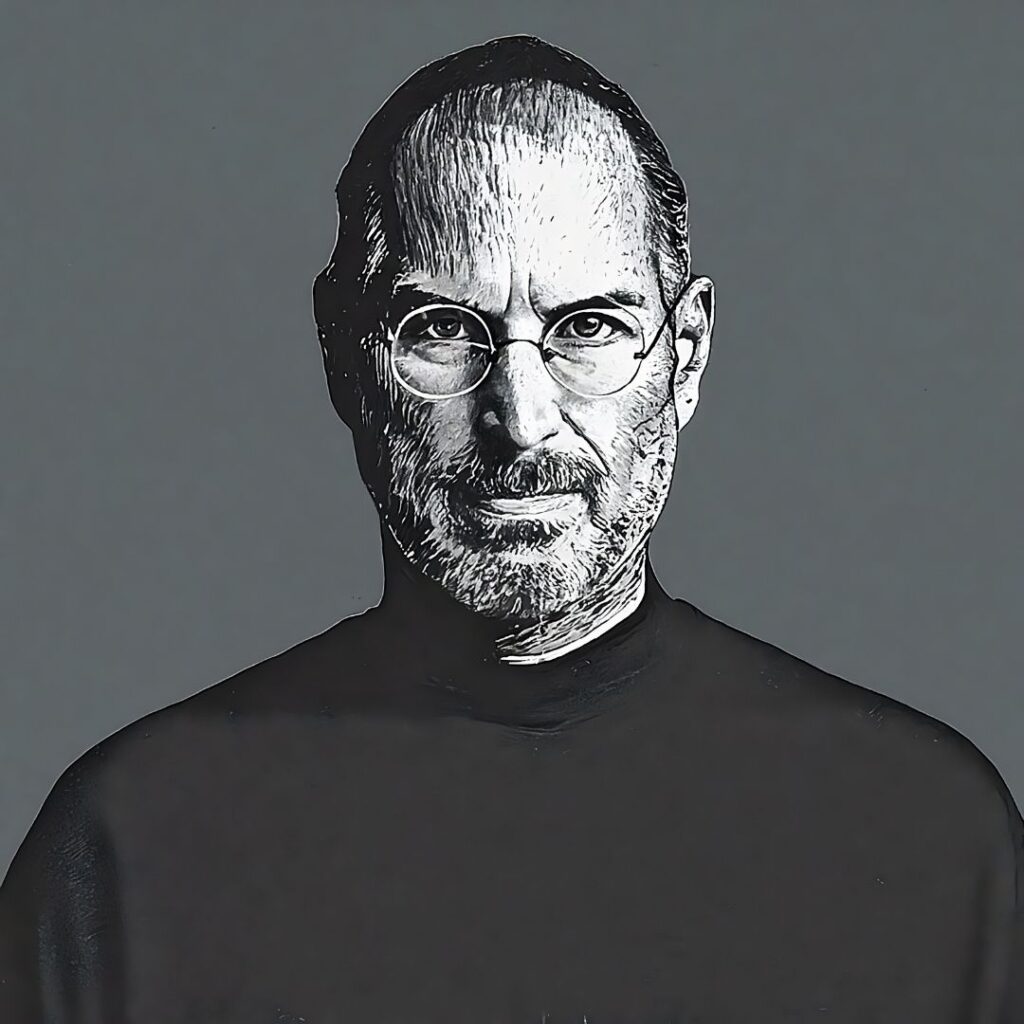Steve Jobs is a name synonymous with innovation, but his genius extended far beyond technological advancements. He was a marketing visionary who transformed Apple and Pixar into iconic brands by focusing on emotional connections, intuitive design, and compelling storytelling. His strategies have left an indelible mark on the landscape of modern marketing.
I. The Visionary: Selling Dreams, Not Just Products
Jobs understood that consumers don’t just buy products; they buy aspirations and beliefs. He shifted the focus from technical specifications to emotional resonance. Apple’s marketing under his leadership wasn’t about selling gadgets; it was about selling the dream of empowerment, creativity, and changing the world.
- Emotional Connection: He emphasized, “Don’t market products, market dreams.” This approach involved defining the desired emotional response and aligning product features to reinforce that feeling. For example, the iPad wasn’t just a tablet; it was a tool for creativity and global connection.
- Customer-Centricity: Jobs insisted on starting with the customer experience and working backward toward the technology. He anticipated needs and created products that seamlessly integrated into people’s lives.
II. The Power of Simplicity and User Experience
A cornerstone of Jobs’ philosophy was the unwavering belief in simplicity. He recognized that complex products and convoluted marketing messages led to confusion and lost sales.
- Minimalist Design: From the iPhone’s sleek design to the “Think Different” campaign, simplicity was paramount.He believed, “Simple can be harder than complex,” but it’s worth it because it allows you to “move mountains.”
- Intuitive User Experience: Apple’s marketing highlighted the ease of use and user-friendly nature of its products.The focus was on how products could enhance daily life, not on complex technical specifications.
III. Building Brand Loyalty and Community
Jobs understood the fundamental human desire to belong. He strategically cultivated a strong sense of community around Apple products, turning customers into passionate advocates.
- Elite Brand Building: He aimed to create an “elite brand” through psychological marketing, appealing to consumers’ desire for exclusivity and aligning the brand with innovation and creativity.
- Product Launch Spectacles: Apple product launches became highly anticipated events, generating consumer hype and excitement. Jobs’ charismatic presentations and strategic use of “one more thing” created a sense of wonder.
IV. Iconic Product Marketing: From Macintosh to iPad
Jobs’ marketing strategies were instrumental in the success of iconic Apple products:
- Macintosh: Positioned as “the computer for the rest of us,” it emphasized ease of use and accessibility. The “1984” Super Bowl commercial was a revolutionary marketing move.
- iPod: “1,000 songs in your pocket” succinctly conveyed its value proposition. Its success created a “halo effect,” boosting the entire Apple brand.
- iPhone: Marketed as a revolutionary device that would “reinvent the phone,” it emphasized its intuitive multi-touch interface and user-friendly design.
- iPad: Introduced as a “magical and revolutionary device,” it filled the gap between smartphones and laptops, focusing on its portability and functionality.
V. Pixar’s Storytelling and Emotional Resonance
Jobs’ involvement with Pixar reinforced his belief in the power of storytelling and emotional connection.
- Narrative Focus: He recognized the impact of well-crafted narratives that resonated with audiences. This influenced Apple’s marketing campaigns, which increasingly became narratives aimed at forging deeper connections with consumers.
- Brand Building: Jobs strategically focused Pixar on producing high-quality, emotionally engaging films, establishing it as a symbol of excellence in animation.
VI. Comparing Apple and Pixar: Common Threads and Notable Differences
While operating in different industries, Jobs applied consistent marketing principles:
- Common Threads: Simplicity, emotional connection, customer-centricity, and strong brand identity.
- Notable Differences: Apple marketed tangible products, while Pixar marketed intangible experiences. Jobs was the central figure in Apple’s marketing, while at Pixar, he empowered creative teams.
VII. The Enduring Legacy
Steve Jobs’ marketing strategies have profoundly influenced the technology industry and beyond. His emphasis on user-centric design, emotional branding, and revolutionary product launches has become a blueprint for modern marketing. His vision for the Apple Stores and the creation of a seamless ecosystem of interconnected devices have set new standards.
VIII. Lessons from a Marketing Genius
Steve Jobs’ marketing prowess was as transformative as his technological innovations. His core principles—selling emotions, prioritizing simplicity and user experience, building strong brands through compelling narratives, and mastering product launches—continue to inspire and guide marketers worldwide. His legacy is a testament to the power of emotional resonance and simplicity in building iconic brands.


